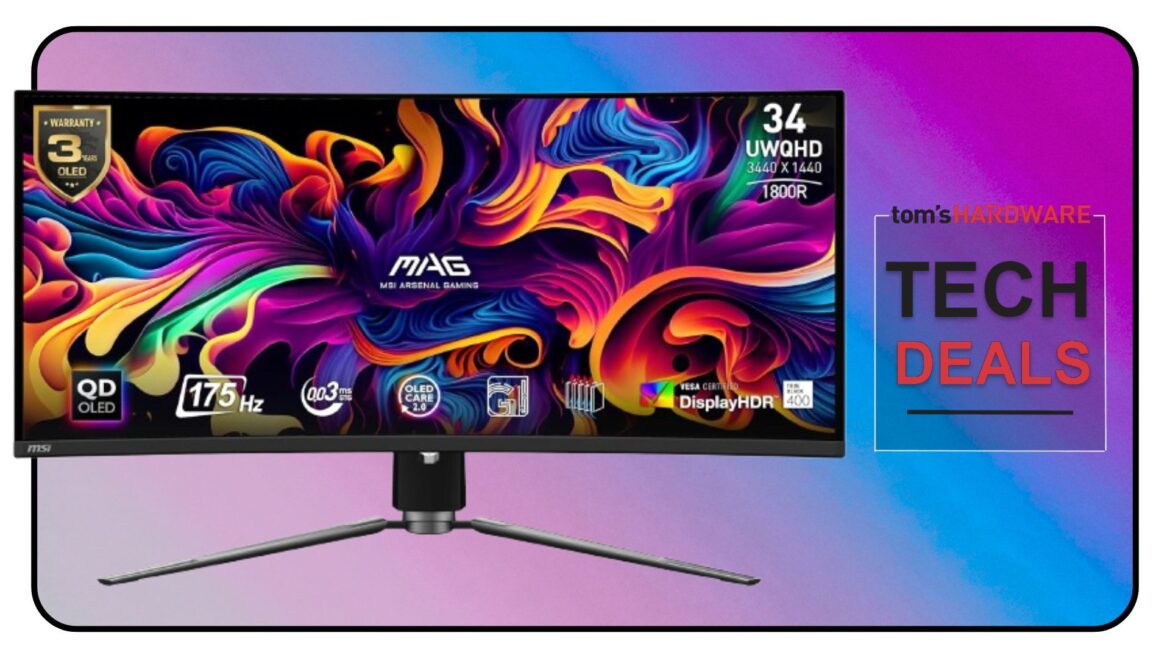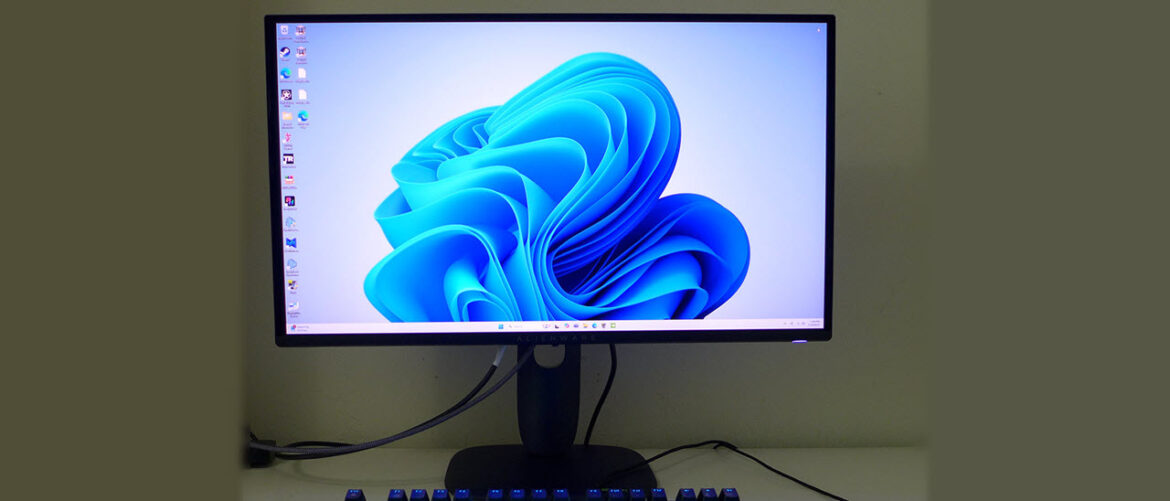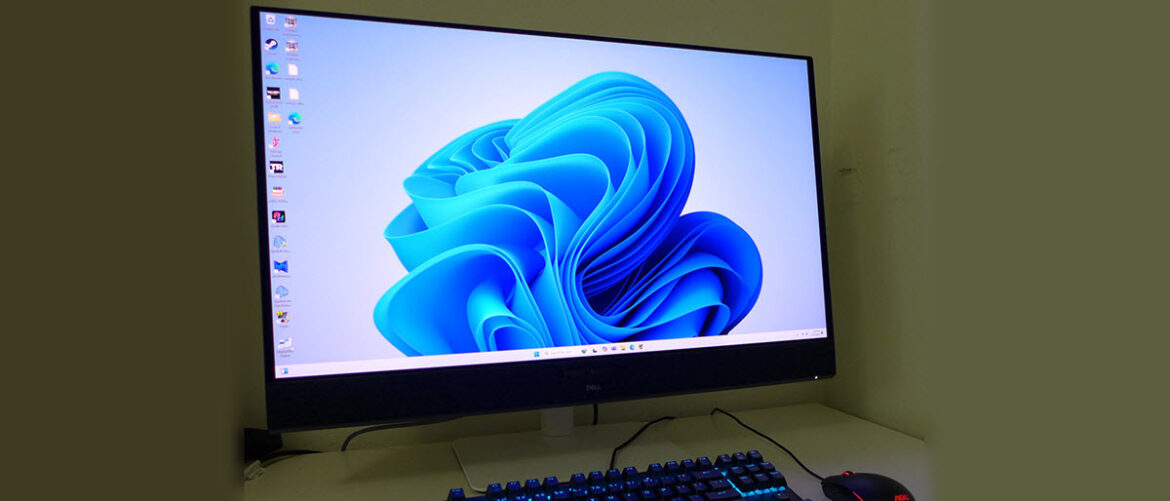If you want to view the output from your PC and its accompanying graphics card in fine detail, then you need to splash out on a quality monitor. Depending on your priority, whether it’s working on photo imagery or video, or for pure gaming, you go for the specs that suit your use case the best. In some of these early Amazon Prime Big Deals Day deals, there are some great discounts on popular monitor brands. Today, we have a deal on one of MSI’s fantastic QD-OLED gaming monitors, which will make your games pop, with inky blacks and eye-popping colors.
The MSI MAG 341CQP gaming monitor is on sale for $649 at Amazon, one of its lowest prices in recent history. With its large 34-inch ultrawide display and impressive specifications, this is a luxury gaming monitor for serious gamers who want to experience the best visuals on a QD-OLED panel. This monitor deal is also available directly from MSI, should they sell out quickly on Amazon.
The MAG 341CQP spans 34 inches diagonally and features a QD-OLED panel with an 1800R curvature to wrap around the periphery of your vision. It has an original list price of $899.99, but prices have fluctuated between an all-time low of $575.99 in November 2024, to $780 in May of this year (according to CamelCamelCamel). Currently, it’s discounted to a much more palatable price in this deal.
The MSI MAG 341CQP’s display features support for AMD FreeSync Premium Pro, handy for reducing screen tearing and frame refresh rate issues. The large 34-inch screen has a 21:9 aspect ratio and sharp 3440×1440 (UWQHD) pixel resolution. The refresh rate can go up to 175Hz. A QD-OLED panel means not only excellent contrast, but also super-low response times of around 0.03ms.
It also supports DisplayHDR True Black 400 and has a good selection of ports for video input. You can take advantage of two HDMI 2.1 inputs and one DisplayPort 1.4a port. It also works as a USB hub, with a built-in KVM. Two USB 2.0 Type-A ports, one USB 2.0 Type-B port, and a Type-C port with 15W charging. A 3.5mm audio jack is also included.
The monitor comes with a 3-year manufacturer’s warranty from MSI, including coverage for OLED burn-in.
If you’re looking for more savings, check out our Best PC Hardware deals for a range of products, or dive deeper into our specialized SSD and Storage Deals, Hard Drive Deals, Gaming Monitor Deals, Graphics Card Deals, or CPU Deals pages.



